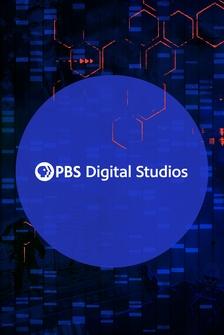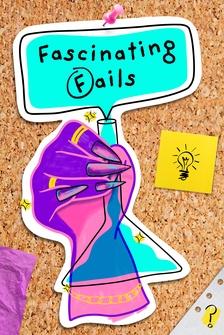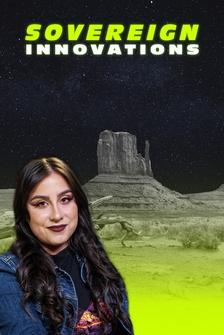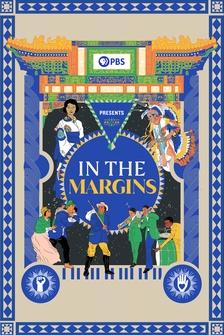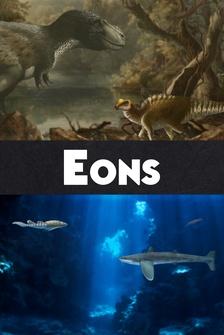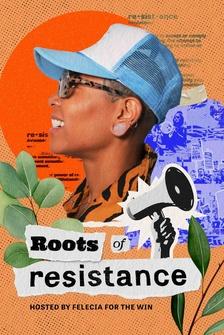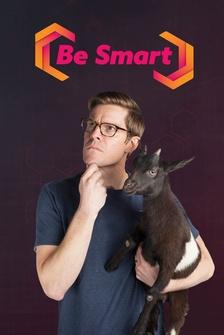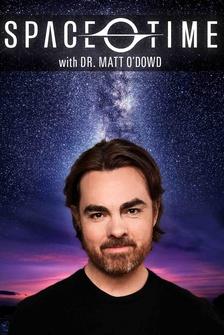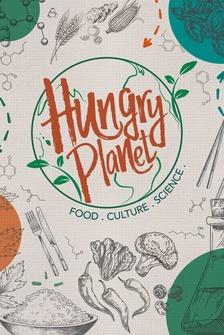There's no reason why Alaska couldn't be a dominant seaweed producer in the world.
We just have to go do it.
It's so crisp!
It has a texture like roasted asparagus.
Very mild salt taste to it.
It's a very light flavor.
It's really easy to cook with.
Oh that's cool!
Kelps are very high in calcium, a lot of the time you'll find more calcium in kelp per serving than milk.
Kelps are high in potassium so again equivalent or higher than bananas.
Kelps are also, they can be high in B12 which is a difficult vitamin to find in a lot of other food sources especially if you don't want to eat meat products.
My name is Marco Scheer.
I'm the CEO and founder of Seagrove Kelp Company which is an Alaskan mariculture development company that operates out of Southeast Alaska.
When we're in the harvesting phase, the crew will meet at the dock in the morning and then all of the boats will migrate out to the farm.
From the surface, a kelp farm might not look like a lot.
We often say check out our buoy farm but once you get underwater I mean it's an underwater forest and it's just wall after wall after wall of this magnificent large brown seaweed.
It looks kind of like a cathedral.
One boat will go and they'll take the anchors off the line so it can be harvested.
They will harvest the kelp into what we call them tracos.
We'll pick those up and we'll put them in insulated totes on the deck.
Once we fill those totes then we take those totes to the processing facility in Craig.
We've only harvested one year and we sold the majority of that product and we are hopeful that this year we will do the same.
Taste it!
It's a zero input agriculture system which means we don't have to use fertilizers to help the produce grow basically we're doing the most minimal production that we can.
so the most that we're doing is putting out anchors temporarily installing lines and then letting the kelp just grow without us doing much else to it and then we come back months later, harvest it, remove the lines and start again the next season.
As amazing and and incredible as this kelp space could be and should be for our oceans this is the opportunity to create a new regenerative economy based on conservation and restoration and not extraction.
We get a fair number of inquiries of people that want to do things with seaweeds.
We can take the seaweed biomass refine it and make things like bioplastics, we can make insulation for houses, we can use it to make new concretes... this is a resource that is flexible and it's not something that we should ignore and and best of all it's super sustainable if we build it that way.
Of interest right now especially is carbon dioxide.
The ocean is the largest absorber of atmospheric CO2.
The problem with that is excess CO2 in the water can create what's known as ocean acidification and moving forward we want to learn more about if we can leverage seaweeds to uptake CO2 to help reduce the CO2 in the ocean and eventually, reduce the CO2 in the atmosphere.
Research in that is still early but promising.
Now if you're able to turn it into a fertilizer then you get a double whammy from carbon sequestration.
So we're excited about all of the opportunities that could happen in this new kelp space.
We're developing a kelp seed bank to help secure the seed stock locally that can be used for things like restoration and conservation.
In talking with the indigenous peoples, and I've been hearing from about 21 tribes across the state, they're interested in restorative kelp farming first creating a traditional food source to feed their people second and third to create a regenerative economy, which you know would really be wonderful to have our youth come back to our villages and to be able to actually be paid to do green jobs to help restore the planet.
The u.s market imports about 200 million dollars worth of seaweed products a year so there's an opportunity to be a domestic supplier for seaweed products in the United States but what really makes it appealing and why I think alaska could be the mariculture capitol of the world is that we have this existing seafood infrastructure.
We have, Alaska has 35,000 miles of coastline of some of the most pristine waters in the world.
There are underutilized seafood processing facilities in almost every coastal city.
There are about 5,000 commercial fishing vessels in the state.
There are so many folks that work on boats and grow up with boats and there are folks that are already already know how to work on the water and I think that makes a really strong reason to buy Alaska seaweeds versus anywhere else.
Alaska is an ideal spot to grow seaweeds because it has cold nutrient-rich waters and that's what kelps need to thrive.
Kelps are really good at accumulating toxins in their tissue.
Because seaweeds are so good at doing that we really need to be careful or mindful of where we're establishing our seaweed farms so that we don't incorporate those toxins into human or pet food diets or even into fertilizers that might be spread onto terrestrial crops that we're eating.
So I started the company in 2016 and I looked at it as an opportunity to build something in Alaska that had the potential to provide sustainable economic opportunities for coastal alaskans long after I'm retired.
Something that I really enjoy about working in the mariculture industry is I think it's the timing of the development.
We're at a point in human history where we are the most advanced technologically and so we can really approach this new industry in a clever way to benefit human and planet.
A bunch of our PBS friends across YouTube are celebrating earth day.
Follow me over to Two Cents for more and tell them Indie Alaska sent you.
One more thing, for those of you in the U.S. you should check out Greta Thunberg: A Year to Change the World; a new three-hour earth day broadcast event on your local PBS station.
The special is going to premiere on Thursday April 22nd at 8/7 central and will then repeat starting Wednesday, April 28th at 8/7 central.




